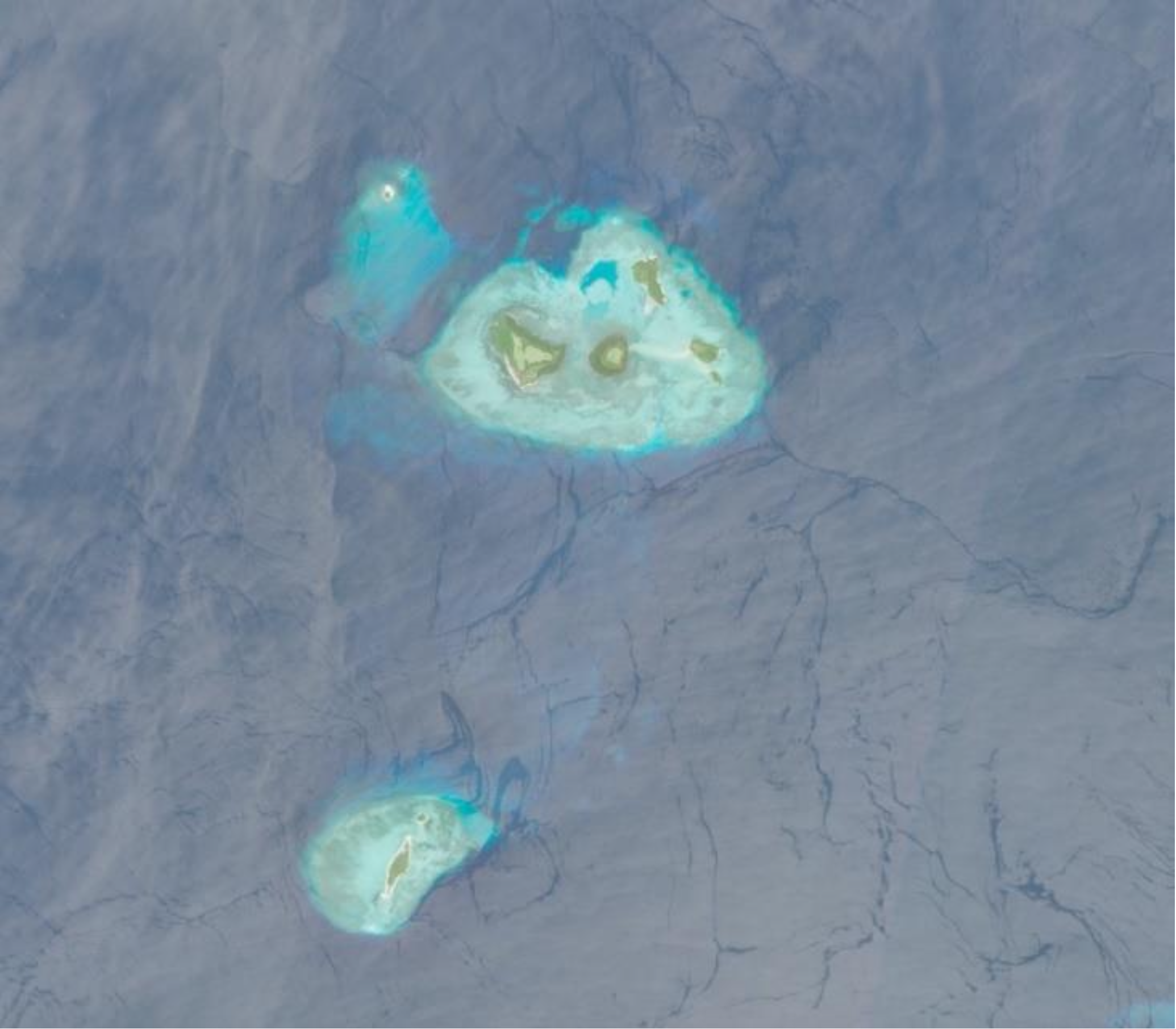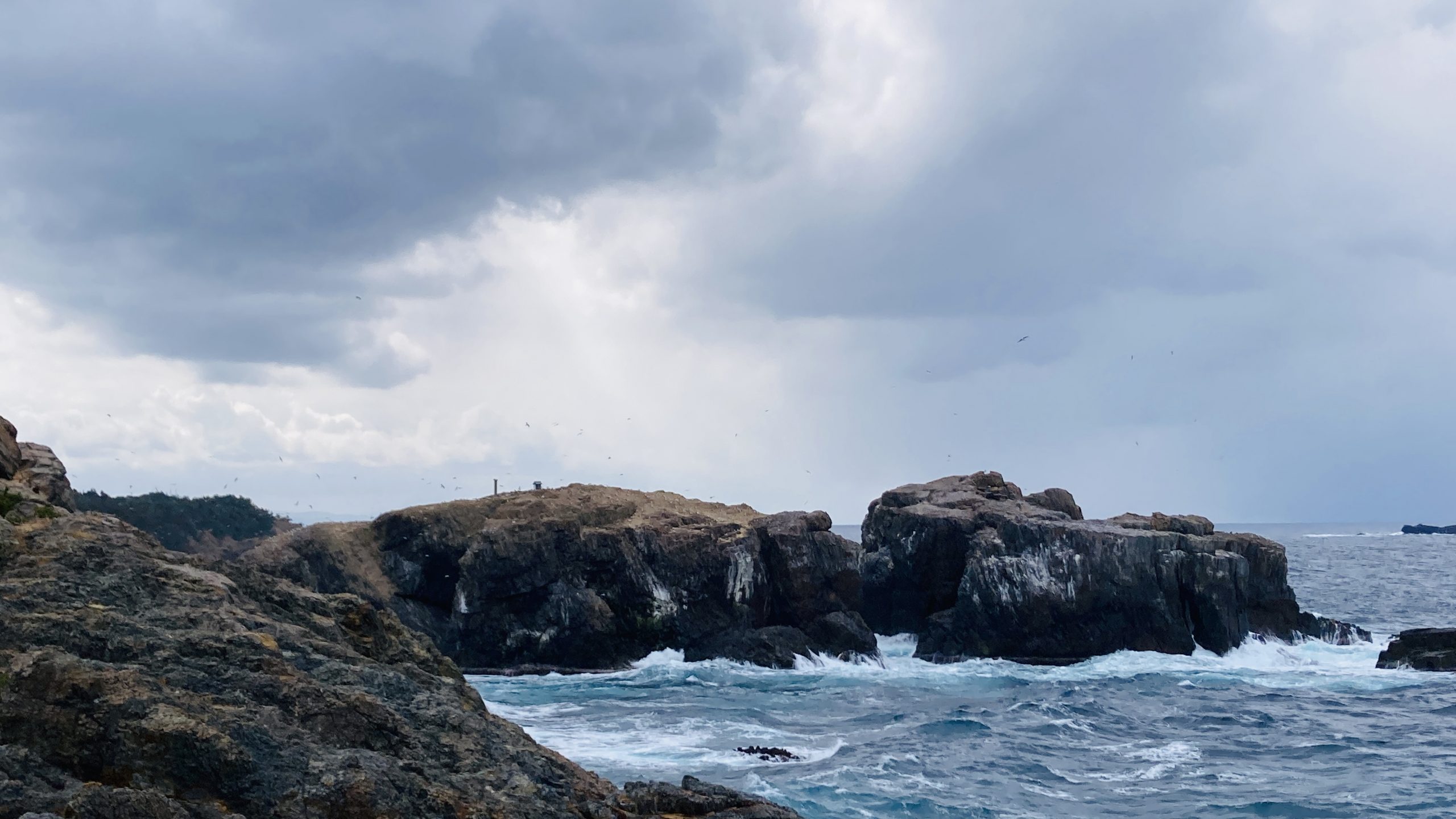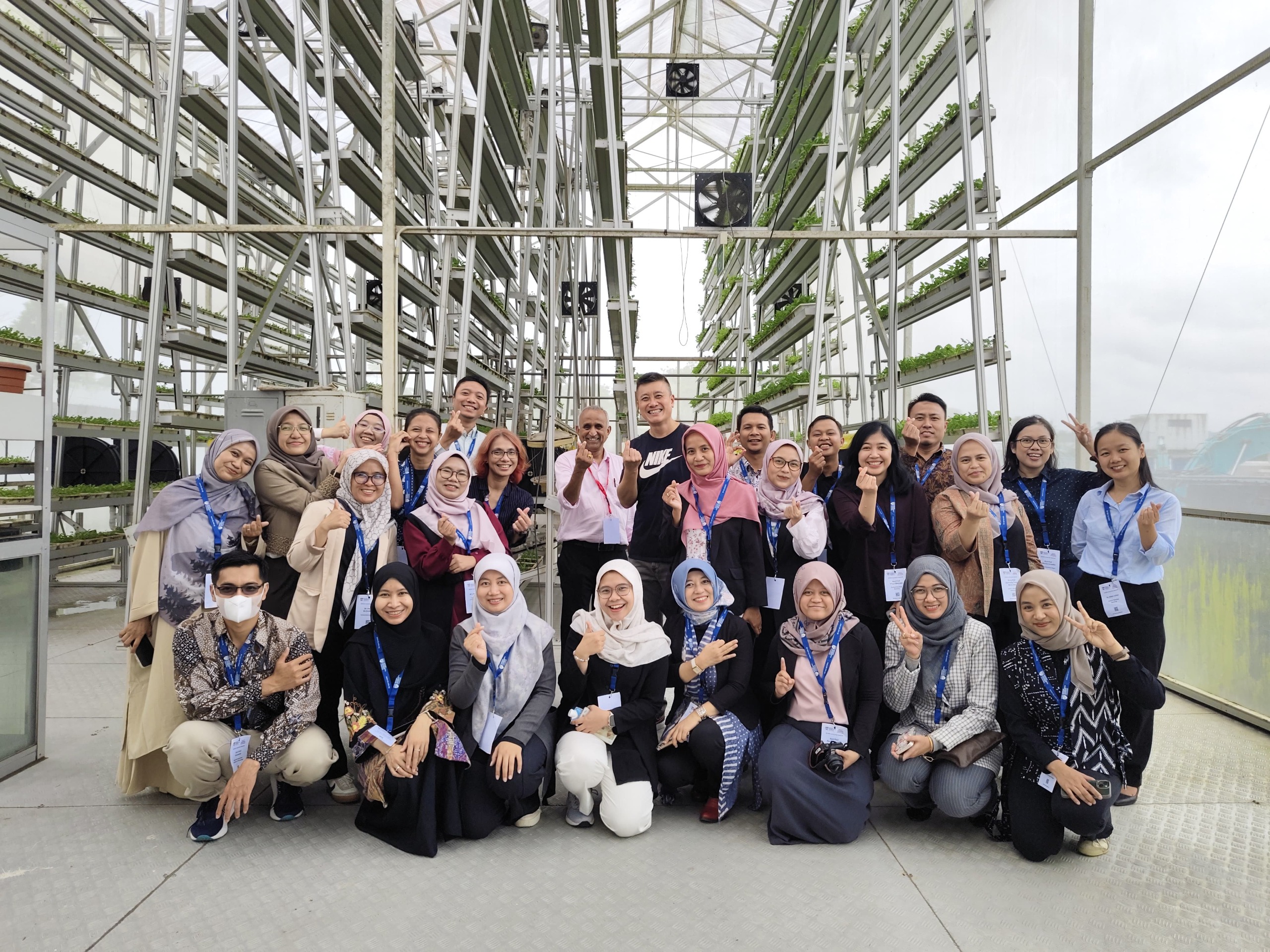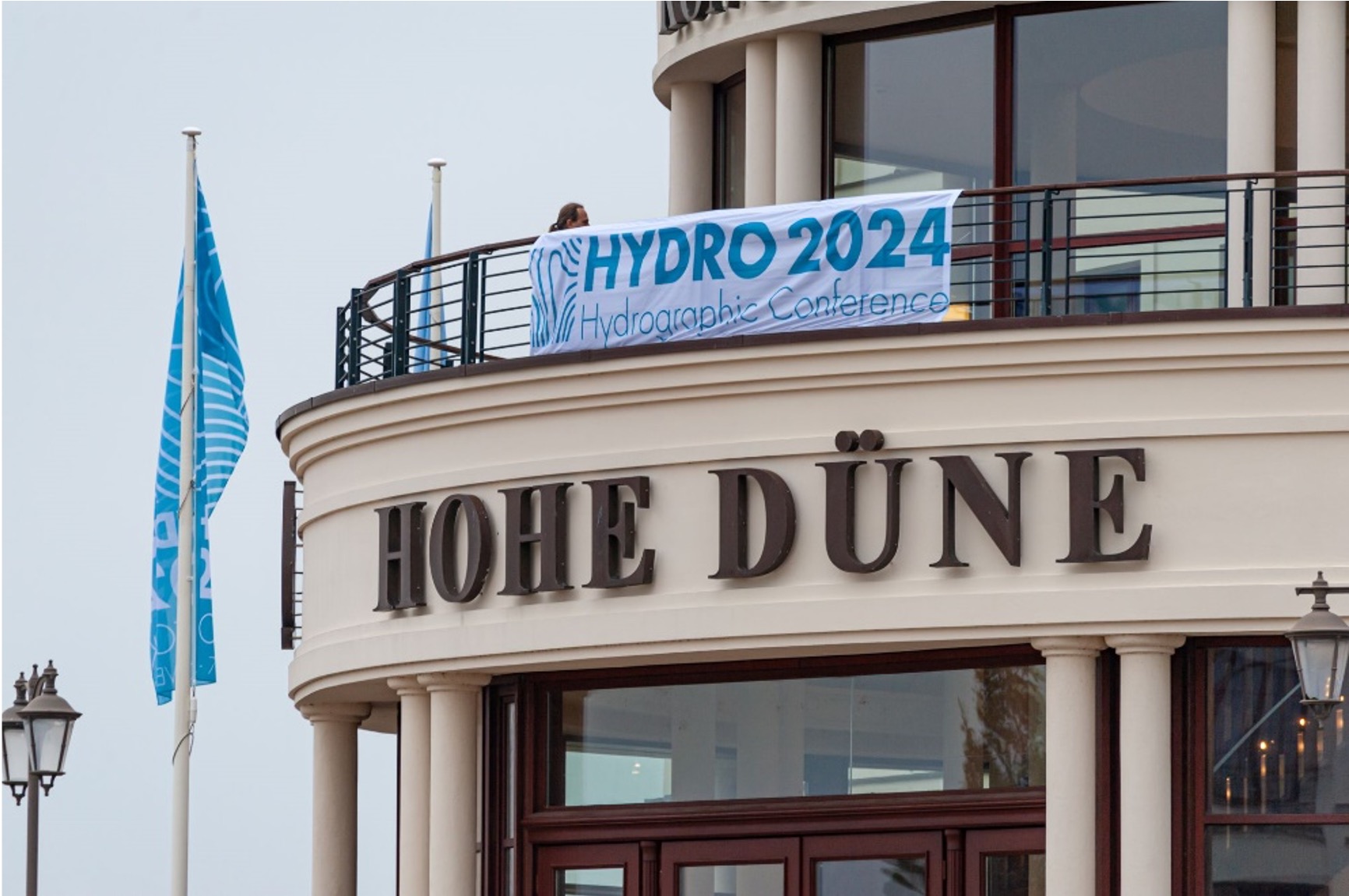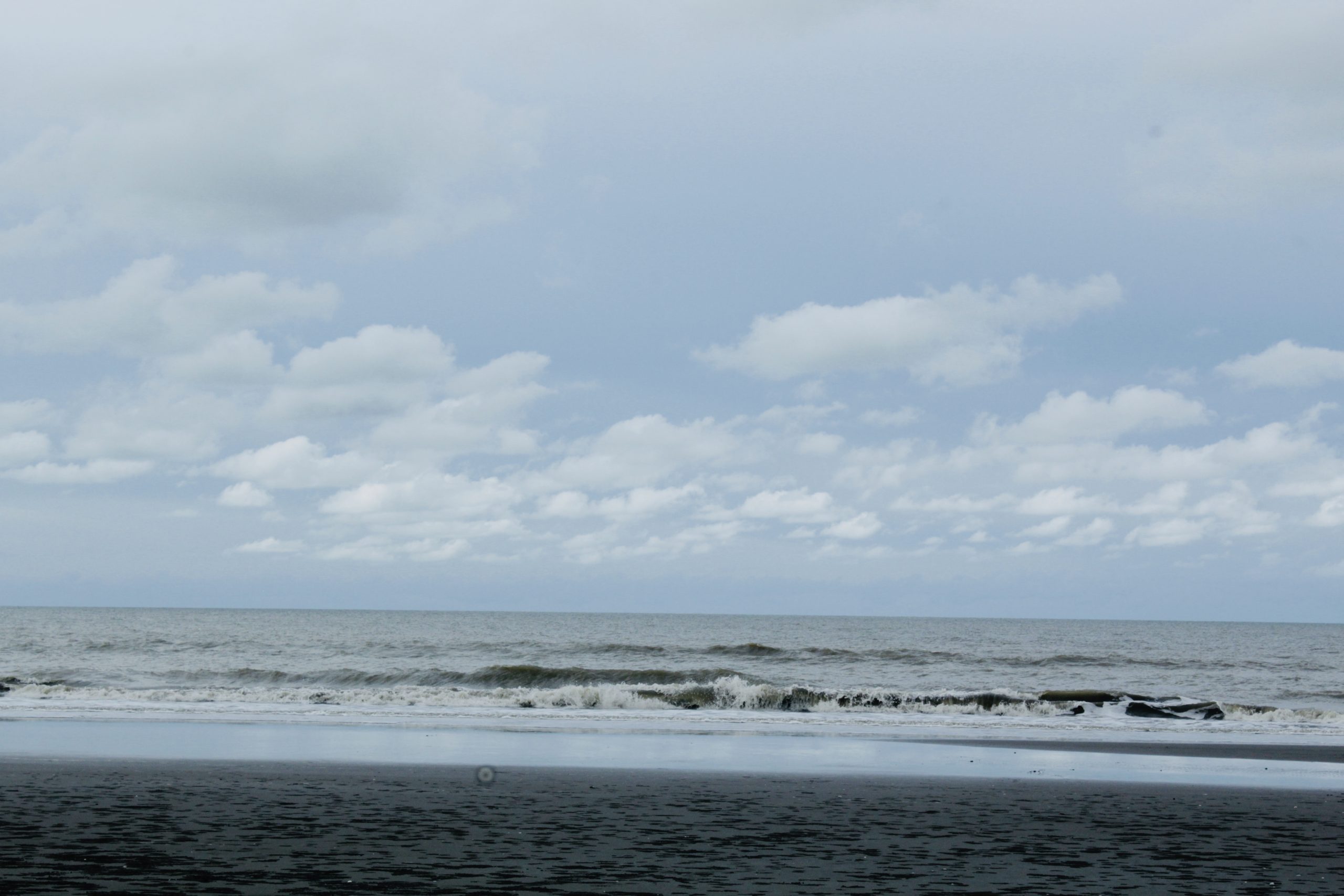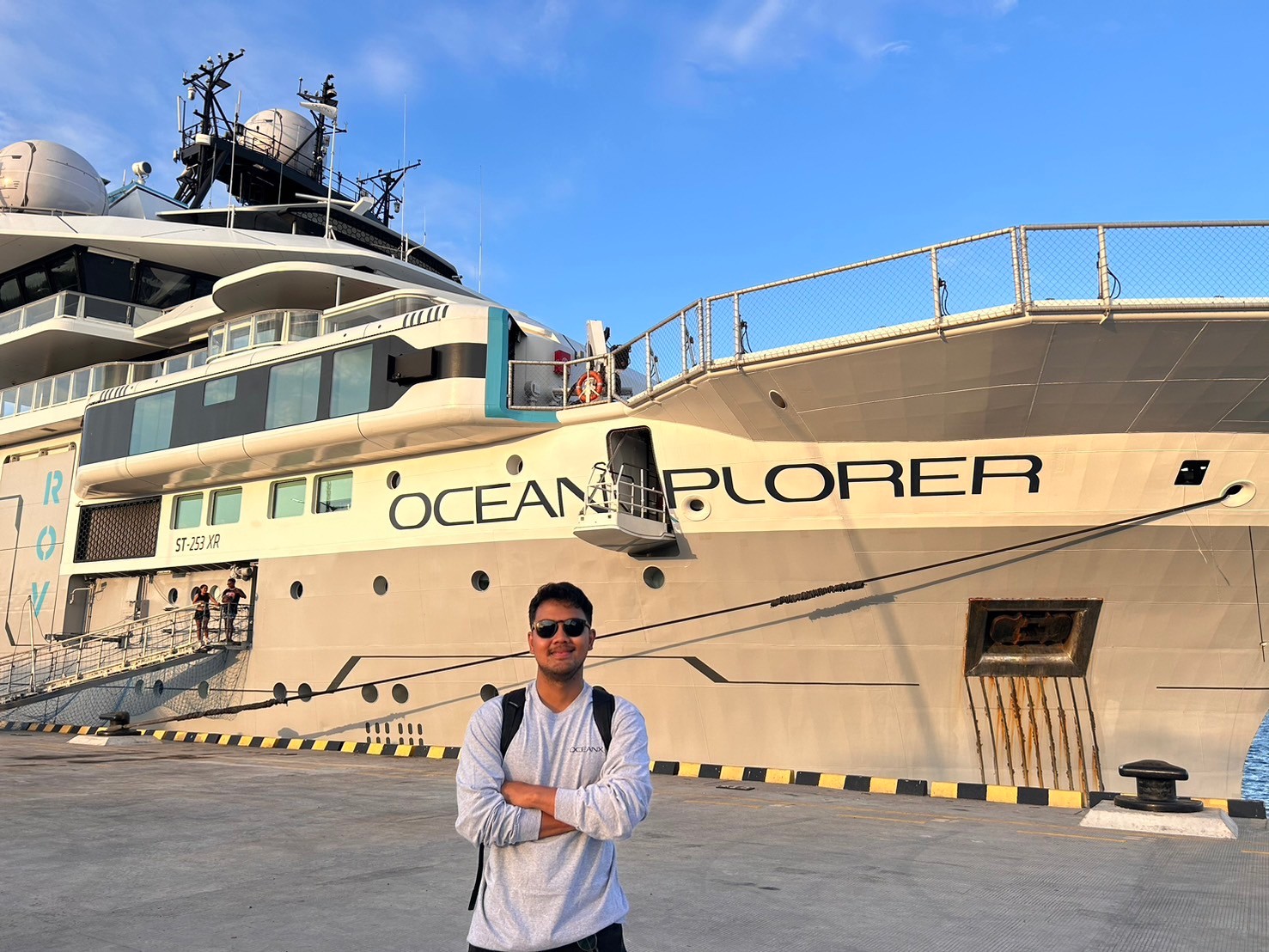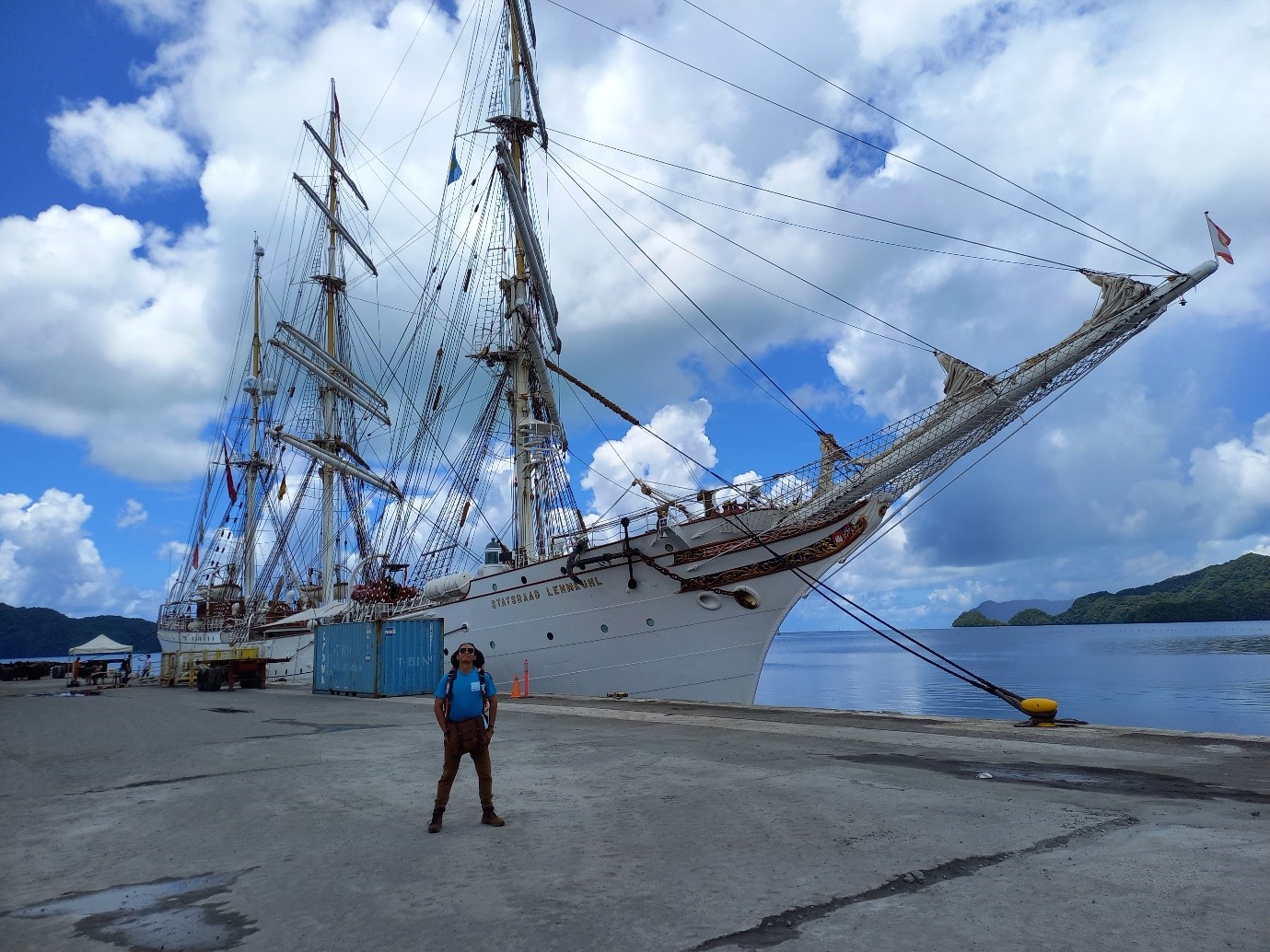Featured image: Copernicus Data Space, Sentinel-2 Imagery. Written by: Eka Djunarsjah Satellite Derived Bathymetry (SDB) is a method for estimating shallow water depths using optical satellite imagery. Unlike conventional bathymetric surveys that rely on ships with echo sounders (such as Single Beam or Multibeam Echo Sounders) or airborne LiDAR, SDB leverages the ability of sunlight…
Read MoreFeatured image is private assets Written by Madam Taqiyya During the rainy season, you might hear someone say, “Let’s go out before 4 p.m., because it will probably rain after that.” How do they know? Perhaps, without even realizing it, they have learned to recognize the diurnal rainfall pattern in their area. Diurnal rainfall pattern means repeated…
Read MoreWritten by Gabriella Alodia On July 14-16, 2025, FITB ITB, represented by Gabriella Alodia, Ph.D., participated in the RISING (Republic of Indonesia – Singapore) University Network Faculty Immersion Program organized by Nanyang Technological University (NTU), Singapore. This program is part of a research and education collaboration between the Government of Indonesia and Singapore. The activity…
Read MoreWritten by: Poerbandono The mapping of seafloor topography has been largely relying on standard hydrographic echosounders. Sounds propagate effectively in seawater. Their natures are well recognized and become the basis of knowledge in the design of underwater surveys’ technology. With that, sonar devices (including echosounders) are hence developed and fortified with specific features for different…
Read MoreWritten by: Fickrie Muhammad Hydro 2024, held in Rostock Warnemünde, highlighted emerging trends shaping the future of hydrography. A key focus was the generation of high-resolution seabed data by positioning sensors closer to the ocean floor. Advancements in marine robotics—whether above water, on the surface, or underwater—dominate current developments in the field. The conference also…
Read MoreWritten by: Iyan E. Mulia A chapter by Dr. Iyan E. Mulia, a Hydrography Research Group member, has been published in a book entitled “Probabilistic Tsunami Hazard and Risk Analysis: Towards Disaster Risk Reduction and Resilience” (https://doi.org/10.1016/C2022-0-00360-3). The book comprises a collection of articles from tsunami experts globally. The chapter discusses the application of machine…
Read MoreWritten by: Adrian Lubis (15121016) “Exploring the ocean is not just about discovery; it’s about understanding the very fabric of our planet. The ocean is our planet’s life support system, and by exploring its depths, we can unlock solutions to the greatest challenges facing humanity today. So, Stay Curious and Keep Exploring!” – OceanX Hello!…
Read MoreWritten by: Briantara Revidinda Putra (15119008) Continued from Part 1… In the first week, we explored the city of Brest and Lorient. In Brest, we visited the Port of Brest, which is a military port, the fish market, and Institut Universitaire Europeen de la Mer (IUEM). At IUEM, we listened to presentations regarding the programs…
Read MoreWritten by: Briantara Revidinda Putra (15119008) “I am pleased to announce that you have been selected as a recipient of the French + Science Scholarship 2023,” says an email from Campus France only one day after my final interview. It was like a cream come true! The French + Science, or F+S, was a programme…
Read MoreWritten by: Adi Prabowo Yudha Prajanto (15118055) “Twenty years from now you will be more disappointed by the things that you didn’t do than by the ones you did do. So, throw off the bowlines. Sail away from the safe harbour. Catch the trade winds in your sails. Explore. Dream. Discover.” Mark Twain The quote…
Read More